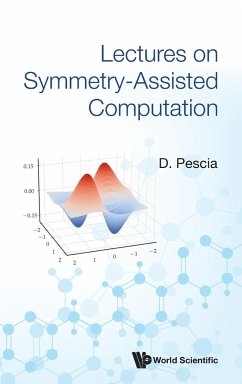Scientific problems have an internal "beauty", called, referred to, precisely speaking, as their "symmetry". The symmetry arises, often, from the fact that the scientific problem refers to an object (a molecule, a crystal) and the object itself has some "symmetry" elements, but in more abstract situations, such as those arising in particle physics and quantum technologies, symmetry is often the only known (and relevant!) fact about the problem. The scope of these Lecture Notes is to educate how to recognize the symmetry of a scientific problem and how to use symmetry to understand, manipulate and, finally, solve it. The principle guiding these Lecture Notes is that "learning by doing" is the only way that young students can later become productive in science, business and industry. The lecture Notes have, essentially, two components. The first one reports the content of a set of lectures, held at ETH Zurich at the master and PhD level, frequented mainly by students from the department of Physics, Chemistry and Material Science. The lectures were accompanied by a set of student projects on various scientific subjects related to symmetry. These projects ended with a manuscript, worked out by the students themselves and edited into the second component of these Lecture Notes.








